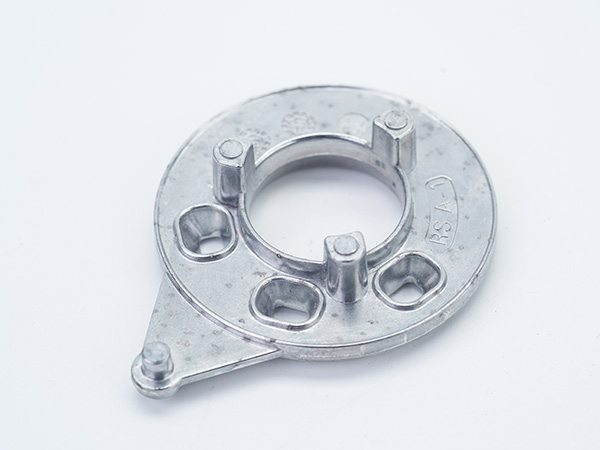In the process of precision parts processing, the physical original processing because in the workpiece cutting process, the blade rounding and extrusion can deform the metal material, which will cause the surface roughness to worsen seriously, and the appearance of the product cutting tumor will be completely irregular, so it is easy to make the workpiece surface different depth and width of the knife marks. There are also such as the speed and cutting speed do not match, the material is too hard the amount of cutting tool is too much, the workpiece is not pressed, and the workpiece elasticity is too large, rubber products such as the tool body is too long, the tool rod jitter during processing, the machine tool itself such as: the lead screw line and other activities such as the gap is too large and so on. These will inevitably increase the roughness of the production surface of parts, how to carry out surface treatment in precision parts processing?

Under normal circumstances, the morphology, phase composition, microstructure, defect state and stress state of the material surface are changed by physical and chemical methods. The surface chemical composition of the material remains unchanged.
1. Surface hardening
Surface quenching refers to a heat treatment method that does not change the chemical composition of the steel and the core structure, and uses rapid heating to austenitize the surface and then carries out rapid cooling (quenching) to harden the surface.
2. Sand blast
Sandblasting is a process that uses sand or iron particles sprayed at high speed to impact the surface of the workpiece to improve some mechanical properties of the parts and change the surface state. The process of sand blasting and shot blasting is similar, the main difference is in the diameter of the sand grain. The process is mainly used to improve the mechanical strength of parts, wear resistance, fatigue resistance and corrosion resistance, and can also be used for surface extinction, skin removal and elimination of casting, forging, welding residual stress.
3. Knurled
Knurling is a process of applying pressure on the rotating workpiece surface with a hard roller or roller at room temperature, and moving along the direction of the bus, so that the surface of the workpiece is plastic deformed and hardened to obtain an accurate, smooth and strengthened surface, or a specific pattern.
4. Wire drawing
Under the action of external force, the metal is forced through the mold, the metal cross-sectional area is compressed, and the required cross-sectional area shape and size of the technical processing method is called metal wire drawing process. The tool that makes it change shape and size is called wire drawing die. Drawing can be made into straight lines, random lines, ripples, threads and so on according to decorative needs.
Precision parts processing is the process of reducing and averaging the original error of the machined surface, the principle of homogenization is to find out the difference between them through the mutual comparison and inspection of the closely related workpiece or tool surface, and then carry out mutual correction processing or benchmark processing. This requires manufacturing equipment and processing technicians, as long as these two points, precision parts processing will be successful.
NICECNC is an enterprise specializing in CNC/ lathe CNC machining of precision parts, with more than 100 CNC machining centers of imported brands and more than 20 precision CNC lathes. The main business is precision parts cooling, communication cavity, mobile phone precision parts, household appliances precision parts, furniture hardware precision parts, safety monitoring equipment, underwater camera precision parts, pneumatic/hydraulic valve body and other precision parts processing.